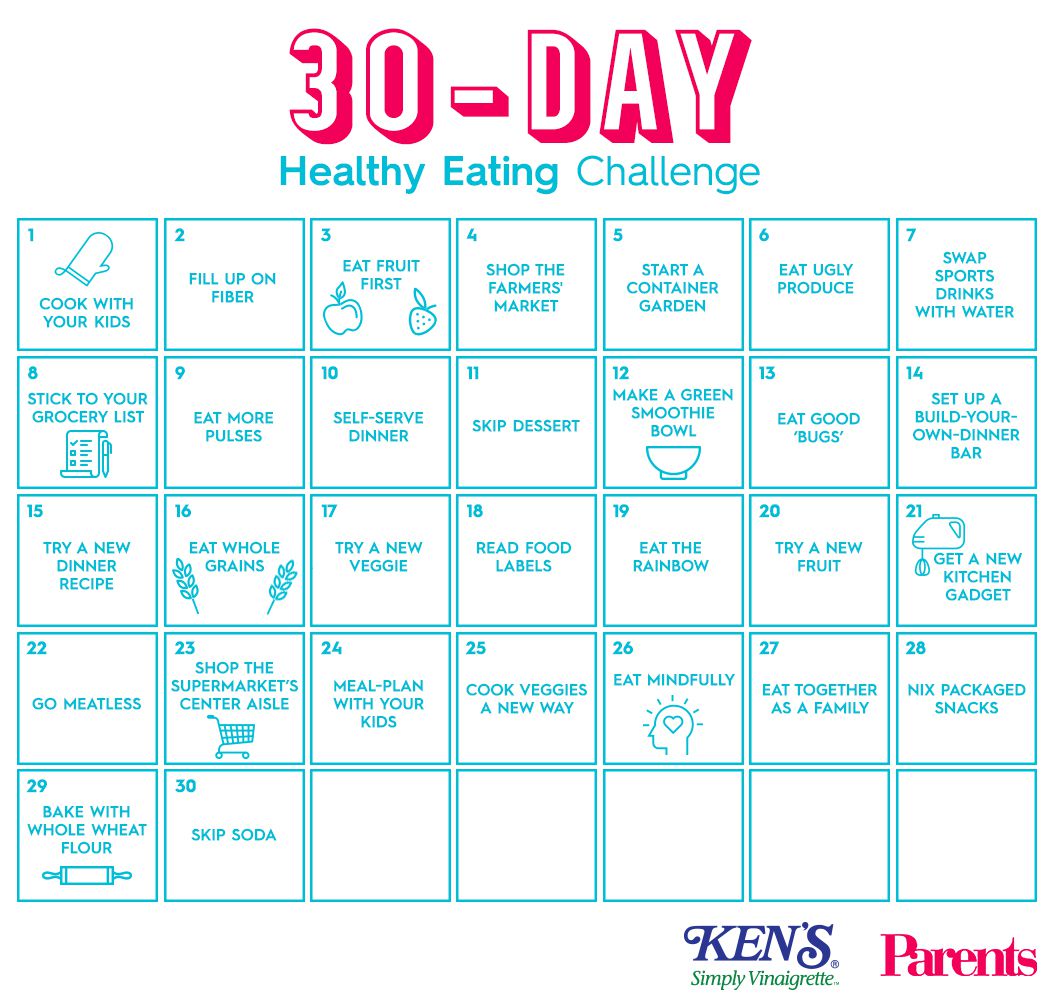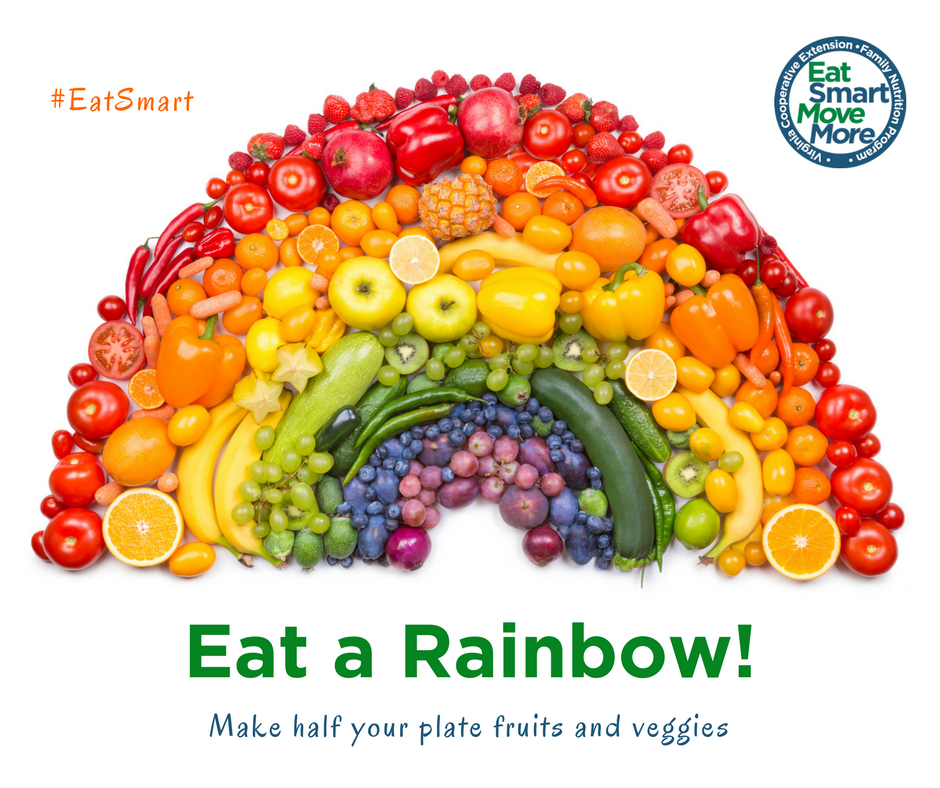Are you tired of starting diets that never seem to stick? Do you find yourself reverting back to old habits within weeks of beginning a new eating plan? The truth is, long-term healthy eating is more about mastering a lifestyle shift than following a quick fix. In this article, we’ll dive into the most effective strategies to help you elevate your relationship with food and set yourself up for success in the long run.

Understanding Your Relationship with Food
Before we dive into the nitty-gritty of meal planning and groceries, it’s essential to have a deeper understanding of your relationship with food. Ask yourself: why do I eat? Is it out of boredom, excitement, or habit? What are my triggers for unhealthy eating? Are there specific emotions or events that send me reaching for the ice cream? Once you pinpoint your motivations and triggers, you can start to develop strategies to overcome them.
Build a Foundation of Whole Foods
You’ve probably heard it before: whole foods are the key to healthy eating. But what exactly are whole foods, and how do you incorporate them into your diet? In a nutshell, whole foods are unprocessed foods like fruits, vegetables, lean proteins, whole grains, and legumes. These foods provide the most nutritional bang for your buck, offering valuable vitamins, minerals, and antioxidants that fuel your body.
For a successful 30-day health challenge, aim to include a variety of whole foods at every meal. Try meal prepping by cooking a big batch of quinoa or brown rice, then portioning it out for the week. Keep a stash of fruits and vegetables on hand for easy snacking. Experiment with new whole foods like kale, sweet potatoes, or chickpeas to keep your diet interesting.
Stay Hydrated and Satisfied
Hydration and satiety are two essential components of long-term healthy eating. Drinking enough water can actually help curb hunger and increase feelings of fullness. Try keeping a water bottle with you at all times to stay on track. Aiming for at least 8 cups (64 ounces) of water daily is a good starting point.
Now, let’s talk about satiety. When we feel full and satisfied after a meal, we’re less likely to indulge in unhealthy snacks or extra portions. To boost satiety, try incorporating more protein and healthy fats into your meals. Nuts, seeds, avocados, and lean meats like salmon and chicken are all great options.
Make It Fun and Flexible
In the past, diets have been notorious for being restrictive and extreme. But who wants to live a life of deprivation? Instead of going cold-turkey on certain food groups, focus on finding ways to incorporate more healthy foods into your diet. For example, if you love pasta, try whole wheat or zucchini noodles instead of regular. Swap processed meats for healthier alternatives like chicken or turkey.
Also, don’t forget the importance of indulgence! Allow yourself the occasional treat – whether it’s a glass of wine, a slice of pizza, or a decadent piece of cake. Having flexibility and self-compassion in your relationship with food is just as important as sticking to a diet.
Put It All Together: 30-Day Meal Plan
To help you master the art of long-term healthy eating, we’ve put together a simple 30-day meal plan that incorporates whole foods, satiety-boosting nutrients, and flexibility. Here’s how to get started:
Week 1:
- Focus on incorporating more fruits and vegetables into your diet.
- Try a new whole food at least three times a week.
- Sample meals might include:
- Breakfast: avocado toast on whole wheat with scrambled eggs.
- Lunch: quinoa salad with roasted vegetables, chicken, and lemon vinaigrette.
- Dinner: baked salmon, sweet potatoes, and steamed broccoli.
Week 2:
- Introduce more lean proteins and healthy fats into your meals.
- Meal prep by cooking a big batch of brown rice and lentils.
- Sample meals might include:






